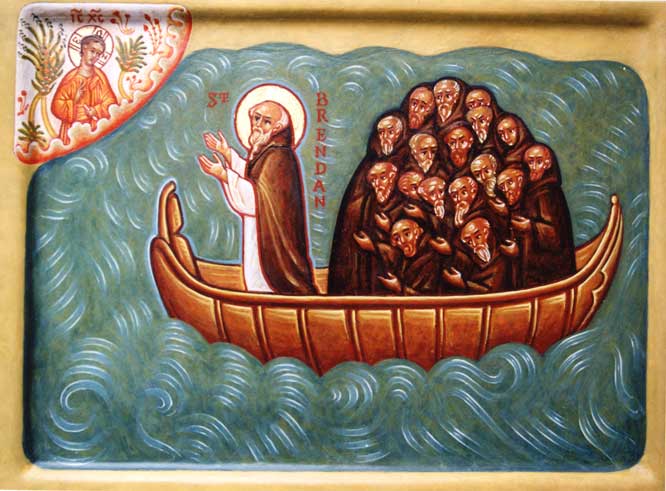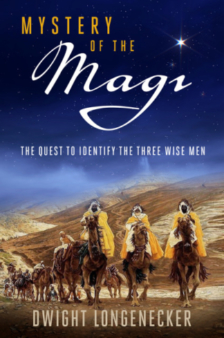Something inside me thrills when the received account of history is re-written: when you discover that Henry VIII was not a “jolly old Englishman who had an eye for the ladies…” but was in fact a lecherous tyrant, or when you realize Elizabeth I ruled her country as a police state similar to Soviet Russia.
I don’t know why. It is probably the Amish in me that doesn’t trust the establishment and doesn’t trust their version of history.
So I’m delighted when I learn that the first Thanksgiving meal was not with Puritans in Massachusetts, but in Florida with Spanish Catholics–and that they ate beans and rice not turkey and cranberries.
Likewise, the author of this intriguing article contends that Celtic settlers existed in what was to become South Carolina before the time of Christopher Columbus’ “discovery” of the New World.
The tribe was called the Duhare.
“Researchers feel certain that there was a colony of Irish folk living in what is now South Carolina when Christopher Columbus ‘thought’ he had discovered the New World,” writes Richard Thornton for The Examiner.
In 1520, Peter Martyr d’Anghiera, a historian, and a professor was appointed by Charles V, ruler of the Holy Roman Empire from 1519, to be chronicler for the new Council of the Indies.
While interviewing Spanish colonists, Martyr took note of their vicious treatment of Chicora Indians. However, he also included in his report that the Spanish colonists had a very good relationship with another nearby colony, which Martyr reported to be named Duhare.
Physically, the people of Duhare appeared to be European according to the Spanish colonists in the area. The people of Duhare had red to brown hair, tan skin and gray eyes, and were noticeably taller than the Spanish. According to Spanish accounts, the people of Duhare were Caucasian, though their houses and pottery were similar to those of American Indians.
 You can read the whole article here. It’s fascinating. Furthermore it makes a neat connection with the legendary voyage of St Brendan–the Irish monk who, in the sixth century, was supposed to have sailed into the West and returned with a wonderful tale of having discovered paradise. You can read about St Brendan here.
You can read the whole article here. It’s fascinating. Furthermore it makes a neat connection with the legendary voyage of St Brendan–the Irish monk who, in the sixth century, was supposed to have sailed into the West and returned with a wonderful tale of having discovered paradise. You can read about St Brendan here.
Did some intrepid Irishmen repeat his voyage but decide to settle in South Carolina where they adapted some of the ways of the Native Americans?
This is why history is interesting and so important–because we are still discovering stuff about the past that we never knew before, and as it changes our understanding of the past it also changes our understanding of ourselves, who we are and what matters.
This same desire to keep examining the past is what got me to look into the story of the three wise men. We all go along with the received history of three kings from “Orient are” named Balthasar, Caspar and Melchior. We think they rode camels on a long trek across the desert following a miraculous star, but it wasn’t like that and Matthew never said that in his gospel. It was all added later.
It’s all coming up in a few weeks time when The Mystery of the Magi is launched.
It costs just thirty cents a day to subscribe to Standing on My Head and gain access to an ever increasing number of archived articles, the comments box and before long- a podcast on the Concise History of the Catholic Church.
To learn more go here.






Leave A Comment
You must be logged in to post a comment.